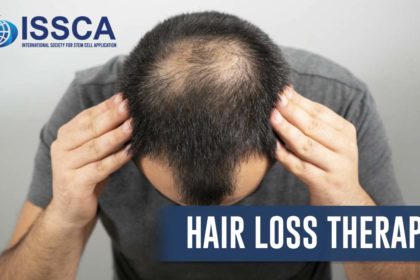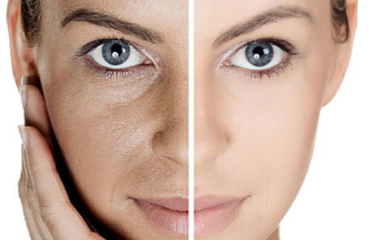
THURSDAY, 23 SEPTEMBER 2021 / PUBLISHED IN BLOG
Overview
Despite the impressive advancements made in the field of medicine, hair loss remains unsolved today.
Every year, hundreds of clinical trials attempt to come up with a revolutionary treatment that will restore hair loss. Unfortunately, most of these studies fail to produce sufficient results.
Interestingly, the issue with hair loss is not financial. In other words, the scientific community spent billions of dollars to find a solution for this problem. This is not the case for other dermatological conditions (e.g., rosacea).
In this article, we will briefly cover the downsides of hair loss, then switch gears to the potential effects of stem cell therapy in addressing this issue.
The Downsides of Hair Loss
While unaffected people see hair loss as a mere esthetic issue, patients with this condition experience many adverse effects, including mental health problems, such as depression, low self-esteem, and a high sense of self-consciousness.
These issues could negatively impact the quality of life of these patients.
Moreover, alopecia affects both genders in great numbers, making this a real public health issue. We should note that some cases of hair loss have underlying conditions, such as hypothyroidism, autoimmune diseases, and infections.
Stem Cell Therapy and Hair Loss
In recent years, the clinical uses of stem cell therapy have expanded, covering many fields in medicine, such as hair loss.
The primary issue with treating chronic illnesses is their irreversible nature. In other words, once the tissue is lost, there is no effective medication that can recover it.
For instance, when the cells responsible for producing hair follicles die, no drug will be able to restore them.
This is the core issue with alopecia.
Fortunately, biological treatments such as stem cell therapy and exosome therapy might just be the solution to this issue. Due to the incredible ability of stem cells to differentiate into any cell type, they could replace the cells responsible for producing hair follicles.
Typically, your doctor will extract stem cells from your own bone marrow or adipocytes (i.e., fat cells) to prevent any immunological reactions.
Using all of this information, some clinics started offering stem cell therapy to manage hair loss, using noninvasive procedures.
Usually, your doctor will schedule several sessions in order for the results to become apparent. However, many patients report positive findings after the very first therapeutic session.
The Potential of Stem Cell Therapy in Dermatology
Despite the underexploited nature of stem cell therapy, it may potentially help with numerous medical fields, including dermatology and esthetic medicine.
Takeaway Message
Hair loss is a real issue for people from all across the world. Treating this disorder is really challenging, especially when the underlying condition is unclear. Fortunately, stem cell therapy may play an important role in addressing this issue since it’s one of the few therapeutic modalities that actually restore lost tissue.
We hope that this article helped you appreciate the role of stem cell therapy in the management of alopecia.
If you want to become a specialist in stem cell therapies and help your patients, check our next training dates here: Exosomas + PRP The healing combo – Cellular Hope Institute – Cancún, México




